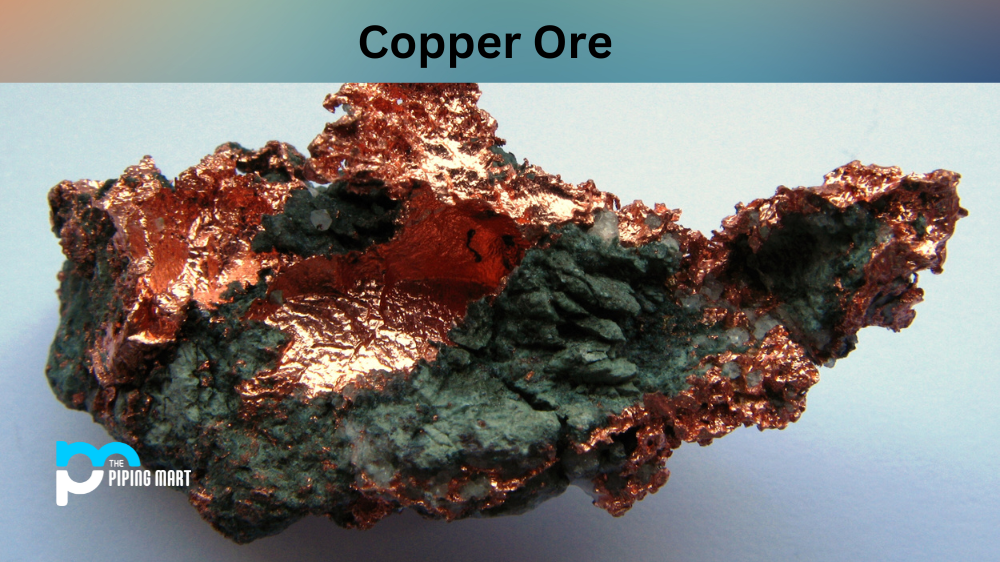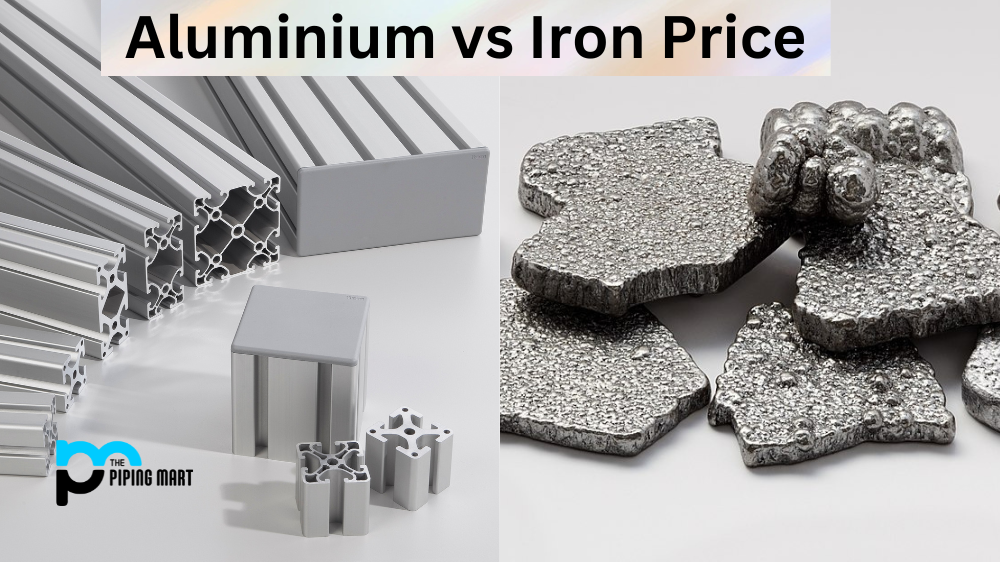Copper ore is one of the most important natural resources in nature. It is a metal that has been used by humans for thousands of years, and its uses remain relevant today. In this article, we’ll be exploring the properties, extraction methods, and uses of copper ore. Let’s get started!
What is Copper Ore?
Copper ore is a metal-bearing mineral found in abundance in the Earth’s crust. It can be found in many different forms, including lumps, veins, and grains. Its color ranges from light blue to dark greenish-black, depending on its composition. Copper ore typically contains trace amounts of other elements such as iron, aluminum, magnesium, and sulfur. The presence of these elements imparts unique properties to copper ore which make it ideal for various industrial applications.
How is Copper Ore Extracted?
Copper ore can be extracted using several different methods depending on its form, location, and composition. The most common method involves crushing the ore into smaller pieces before extracting it using chemical processes such as smelting or leaching. Another method involves roasting the ore in an oven which separates the copper from other components contained within it. Finally, some copper ore deposits are mined through underground tunneling operations, which require specialized equipment and expertise to extract safely and efficiently.
Copper Ore Uses
The most prominent use for copper ore is as a raw material for producing copper metal which can then be used for a variety of purposes, such as electrical wiring or piping systems. It also finds application in construction materials like roofing sheets and tiles due to its corrosion resistance and ductility when mixed with other metals into alloys. Other applications include use in medical equipment due to its antimicrobial properties and ability to absorb X-rays without interference or disruption when added to glass items like telescopes or camera lenses.
Copper is a conductor of electricity
Copper is an excellent conductor of electricity, which is why it is used in electrical wiring. Copper is also resistant to corrosion, which makes it ideal for use in exposed electrical applications.
Copper is a heat conductor
Copper is an excellent heat conductor, which is why it is often used in cookware and other products that need to conduct heat evenly. Copper is also non-reactive, which means it will not corrode or react with other materials.
Copper has antimicrobial properties
Copper has antimicrobial properties, which means it can kill bacteria and other microorganisms. This makes copper an ideal material for use in hospitals and other places where cleanliness is important.
Copper is malleable
Copper is a malleable metal, which means it can be easily shaped into various forms. This makes copper ideal for use in jewelry and other decorative items.
Copper is abundant in nature
Copper is one of the most abundant metals in nature, which makes it relatively inexpensive to produce.
How to smelt copper ore and the specific gravity of copper ore
If you are exploring how to smelt copper ore, there is some important information to keep in mind first. It all starts with the ore’s specific gravity. Generally, the dense an ore is, the better its higher content of copper will be. Additionally, different types of ores may have different levels of specific gravity, so you will want to make sure your ore is being weighed and that you are using a reliable source or formula for its specific gravity. After determining the correct specific gravity of your ore, you will be ready to begin your smelting process.
Copper ore density
Copper ore density varies depending on its exact composition but is typically higher than raw copper due to the presence of other elements. Ore extraction usually involves passing the material through a crusher and sorting process to reduce particle sizes and put it into a more refined form. During this process, denser materials tend to sink to the bottom while lighter particles rise above. This can give miners greater control over which pieces become valuable copper ore and which are wasted in the finished product. By understanding how copper ore density can factor into mining operations, workers can save time by selecting only high-density material for further processing.
Conclusion:
In conclusion, copper ore is an incredibly useful natural resource with numerous applications across many industries ranging from construction to medical equipment manufacturing. Understanding what copper ore is made up of and how it is extracted helps us appreciate why it plays such an integral role in our lives today! With this knowledge under your belt, you will now have a better understanding when researching more about this amazing natural resource!

Abhishek is a seasoned blogger and industry expert, sharing his insights and knowledge on various topics. With his research, Abhishek offers valuable insights and tips for professionals and enthusiasts. Follow him for expert advice on the latest trends and developments in the metal industry.




